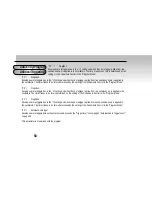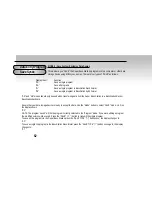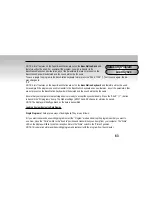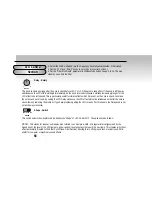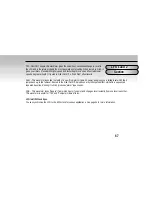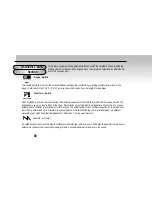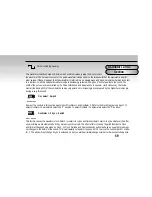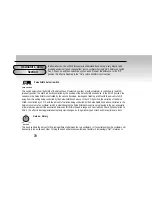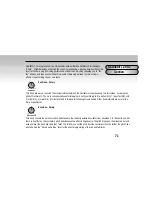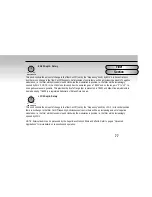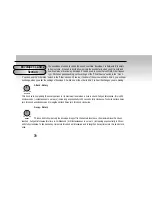
LFO - Rotary
This knob controls the amount of pitch modulation to the oscillator, i.e. how much above and below the set pitch the oscilla-
tor regularly rises and falls. If the LFO is set to Triangle wave and it's speed is above the centre of its range, then this will
normally produce a vibrato effect, but other effects like a siren or seagull cries are possible with more extreme settings. See
the LFO section on page 12 for more details on adjusting the LFO parameters to create these effects.
Pulse Width - Rotary
This knob has a direct effect on the Pulse Width when the waveform of the selected oscillator is set to Pulse (Square).
When the PWM Source switch is set to Manual, the position of this knob controls the actual width of the Pulse. In the cen-
tral position the Width is 50% (i.e. minimum and maximum values are of equal length) which we refer to as a square wave.
This contains all the odd-numbered harmonics giving a “hollow” sound reminiscent of a clarinet. As you move the knob
clockwise the Pulse Width gets narrower and more and more high harmonics are added at the expense of the fundamental
pitch giving the sound a thin, trebly quality. Fully clockwise the fundamental has almost disappeared and the sound
becomes very thin indeed. When the Mod Source switch is set to ENV 2 or LFO 2, this knob governs the amount of varia-
tion in the pulse width in a negative or positive direction about a central “off” position. As the knob is moved anticlockwise,
the variation in the Pulse Width will increase progressively in a negative manner whilst moving it clockwise will vary the
Pulse Width in a positive manner.
Oscillator 1 and 2
Section
72
LFO 1 DEPTH
5
5
PULSE WIDTH
5
5

